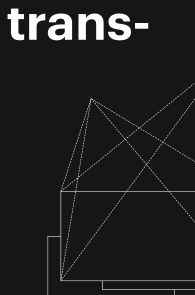open access
메뉴
open access
메뉴 ISSN : 2508-3309
ISSN : 2508-3309
The film scholar Vincent Amiel divides into three types of montage through his book The Aesthetics of Montage ; Montage narratif, Montage discursif, and Montage decorrespondances. These three categories are the concept that encompasses the aesthetic class to which most movies belong. Early films pursued the essential and basic functions of editing, which tend to be modified in the direction of enhancing the director's goals over time. In this way, "Expressive Montage" is one of most important concepts of montage, not as a 'methodology' that combines narrative but as a 'purpose'. In the montage stage, the expressive montage work is done through three steps of decision. The process of 'combining' to combine the selected films in a certain order, after the process of 'selection' which selects only necessary parts of the rush film, and 'connection' to determine the scene connection considering the duration of the shot. The connection is the final stage of the montage. There are exceptions, of course. When fiction films of classical narratives use close-ups, or when using models or objects of neutered animals, the film induces the tendency of a "montage decorrespondances" rather than a "montage narratif" or "montage discursif". This study attempts to analyze the tendency of montage of works with 'uncertain connection' through 'collage' used by close-ups and montage decorrespondances as 'fragmentation tendency of modern films'. The fragmentation of the montage in contemporary film breaks the continuous and structural nature of the film, and confuses the narration structure that is visible on the surface of the film. The tendency of the fragmentation of the montage, which started from this close-up, seems to give an answer to the extensibility of the modern image.